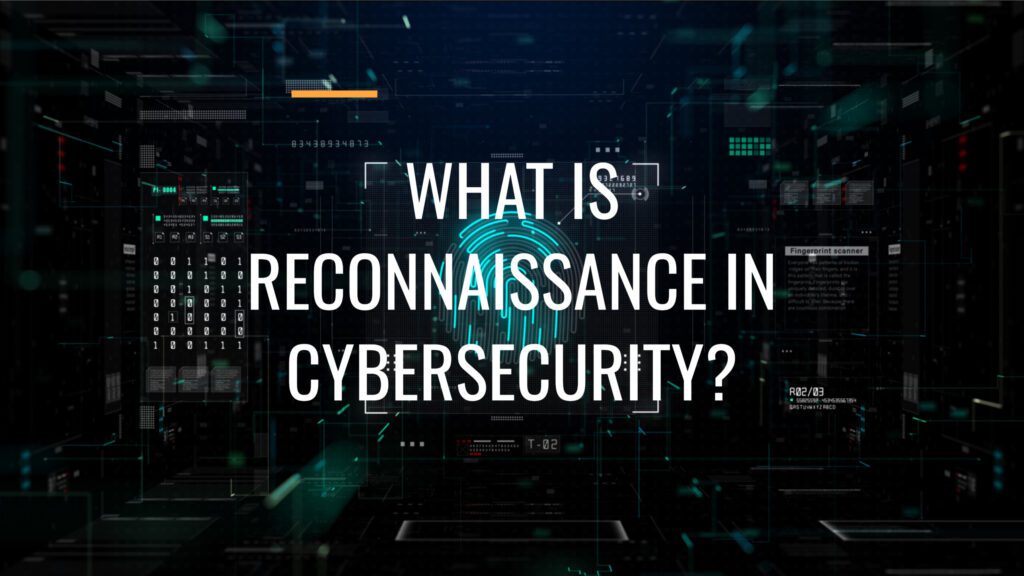Before conducting a penetration test, it’s crucial to gather information about the systems that will be assessed. This stage is known as the reconnaissance phase, where security professionals begin to footprint an organization’s devices, networks, and security infrastructure.
Understanding the security tools in place—such as firewalls and intrusion detection systems—is essential. Conducting thorough research helps identify the security measures in operation and pinpoint key targets for the penetration test. Given that enterprise networks can contain hundreds or even thousands of devices, focusing on critical assets ensures an effective security evaluation.
One effective approach during reconnaissance is network mapping, which helps outline IP address schemes, VLAN segmentation, and device locations. This can provide valuable insight into the attack surface before executing penetration tests.
Passive Footprinting: Gathering Information Stealthily
A good starting point for reconnaissance is passive footprinting, which involves collecting data without alerting the target. This can be done using open-source intelligence (OSINT) to uncover valuable details about an organization.
Examples of passive footprinting techniques include:
- Social media analysis – Reviewing company LinkedIn pages, Twitter accounts, and other platforms for IT-related insights.
- Corporate websites – Extracting publicly available information about infrastructure, employee details, or third-party vendors.
- Online forums & communities – Browsing cybersecurity forums and subreddits for discussions related to the target organization.
- Social engineering – Gathering information by calling employees or support teams.
- Dumpster diving – Searching for discarded documents containing sensitive information.
One of the most comprehensive resources for OSINT is osintframework.com. This framework provides tools for gathering data like usernames, email addresses, search engine results, and even dark web intelligence.
While manually collecting OSINT data is time-consuming, automated tools can crawl multiple sources and compile relevant intelligence efficiently.
War Driving & War Flying: Wireless Network Reconnaissance
Another technique for reconnaissance is wireless network mapping, commonly known as war driving or war flying. These methods help map out Wi-Fi access points and network coverage in a geographic area.
- War Driving – Conducted by driving through an area with a Wi-Fi scanner and GPS to detect wireless networks.
- War Flying – Similar to war driving but performed using drones to scan networks from above.
These techniques help identify:
- SSID (wireless network names)
- Encryption status (whether the network is secured or open)
- Access point locations
- Signal strength (indicating proximity to a device)
Tools like Kismet and inSSIDer can be used to collect and map Wi-Fi network data. A public database of war-driving results can be found at wigle.net, which overlays wireless networks onto a global map for deeper analysis.
Active Footprinting: Probing the Target Network
Unlike passive footprinting, active footprinting involves directly interacting with the target system to gather information. However, because this activity generates network traffic, it can be detected by security monitoring tools.
Common active reconnaissance techniques include:
- Ping scans – Sending ICMP requests to determine if a system is online.
- Port scans – Checking for open ports that may reveal running services.
- DNS analysis – Examining DNS records to uncover subdomains and internal infrastructure.
- Operating system fingerprinting – Identifying OS versions and vulnerabilities using tools like Nmap.
Using tools like Nmap, security professionals can perform detailed fingerprinting to determine service versions and configurations of target systems. However, it’s important to remain cautious, as active footprinting can expose the reconnaissance activities to network administrators.
Conclusion
The reconnaissance phase is a critical step in penetration testing, providing essential insights into an organization’s network and security posture. Whether using passive techniques like OSINT gathering or active methods like network probing, reconnaissance allows testers to identify potential vulnerabilities before launching an attack.
By leveraging tools, frameworks, and reconnaissance methodologies, cybersecurity professionals can evaluate system weaknesses and improve security defenses against real-world threats.


